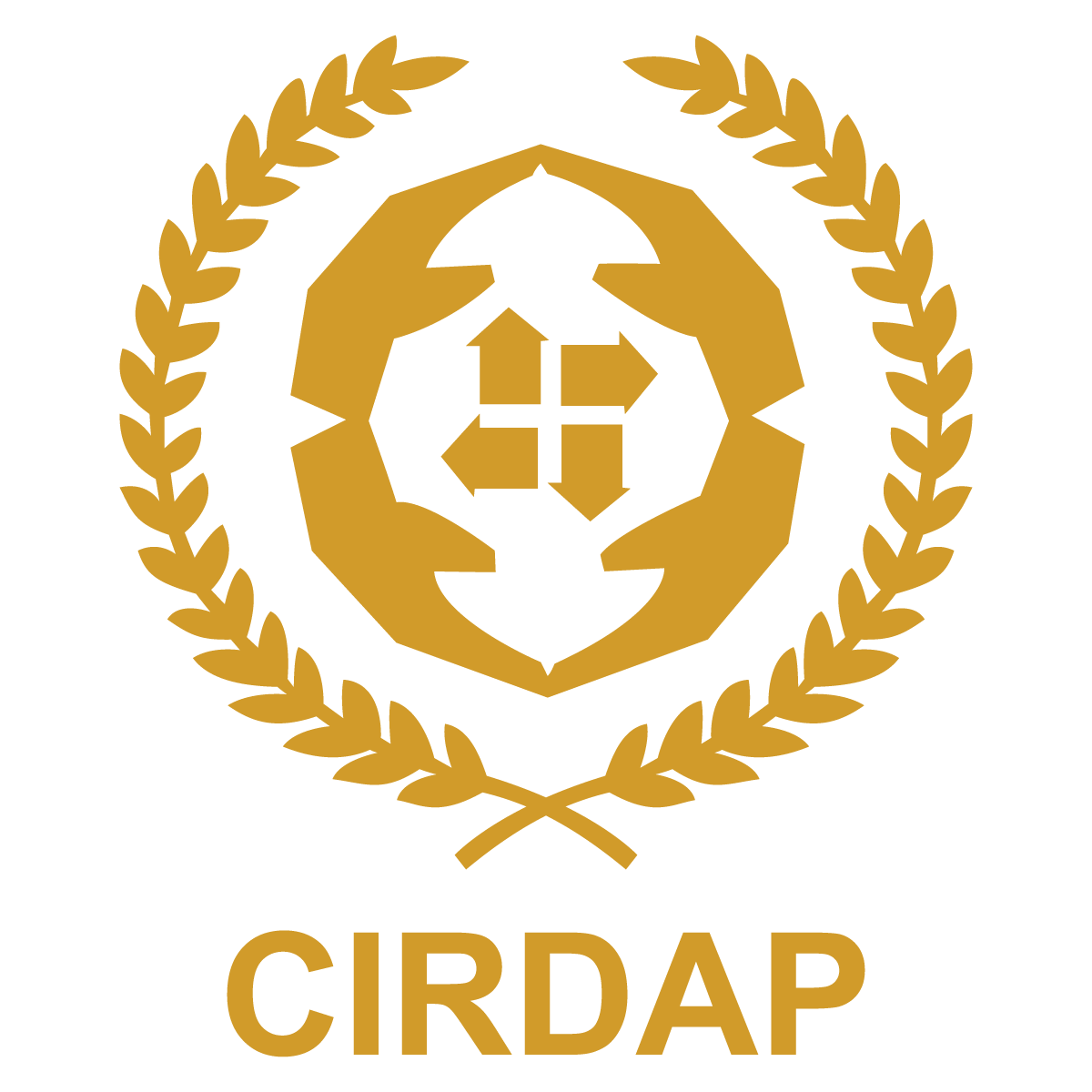Dr. Md Abu Yousuf
Field of Interest :
Rural Development, Natural Resource Management, Sustainable Regional Development, Disaster Management, Ecology, Community Development, Health, Integrated Rural Development, Landscape Planning, Land Use Planning, Project Management, Urban & Regional Planning and Water Resources Management.
